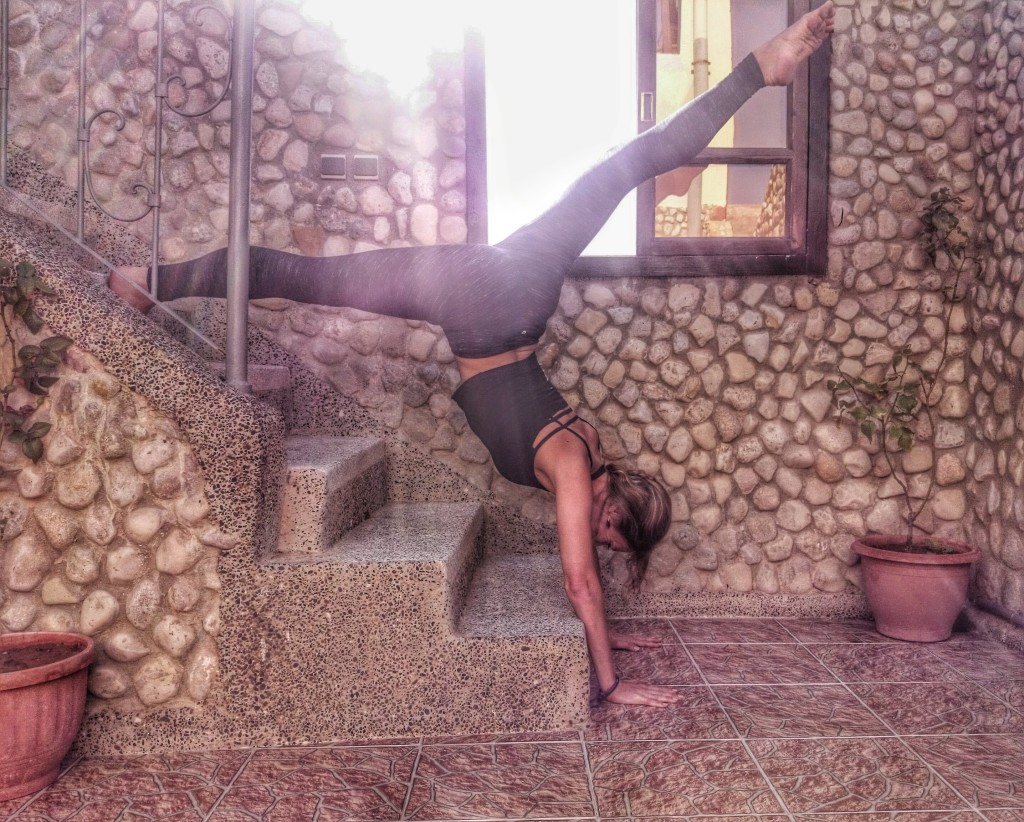 Do you find it hard to get back into something after a break? I’ve experienced this recently with yoga (and blogging actually, oops…) It’s not that I stopped practising, I just hadn’t been doing as much, which I’m ok with. But it was when I found myself getting genuinely cross because my bus was 3 minutes late that I realised it I needed some yoga love back in my life (yes, doing yoga makes me a nicer person.)
Do you find it hard to get back into something after a break? I’ve experienced this recently with yoga (and blogging actually, oops…) It’s not that I stopped practising, I just hadn’t been doing as much, which I’m ok with. But it was when I found myself getting genuinely cross because my bus was 3 minutes late that I realised it I needed some yoga love back in my life (yes, doing yoga makes me a nicer person.)
But actually getting back into yoga wasn’t as easy as I expected. Here’s what I found helped:
- Clarify your motivations. I made a list of all the reasons I wanted to get back into yoga. They included everything from, “I’ll get better at keeping things in perspective,” to, “My back won’t hurt as much after I’ve been sitting writing.”
- Make a plan and keep it simple. In the past whenever I’ve wanted to get back into yoga, I’ve gone back to Ashtanga yoga, because it’s disciplined, I know it well, and I can just follow the set structure. But this time I wasn’t keen to do that. Instead I chose an online yoga class from Meghan Currie (look her up – she’s amazing) on Ekhart Yoga. It was an hour long and incorporated lots of stuff I wanted to work on – forearm balance, handstands and backbends. I decided to do this every day for a week. Simple.
- Stick to it. Once I’m into something, I’m pretty good at sticking to it, but I find the first few days of a new routine the hardest. So I refused to let myself skip a day or shorten the practice, because that would only make it harder to do it properly the following day.
- Remember to enjoy it. During the yoga class, I’d try to focus on the bits that felt good, and really notice them. I’d find ways to make my sessions nicer – lighting a candle, wearing my favourite leggings (in the picture – I actually love them) and hanging out for a little bit longer in postures I was enjoying. And at the end of the practice, I’d take time to acknowledge all the positives that came from it – strength, flexibility, mindfulness etc.
- Review it. After my week of doing the same thing every day, I wanted to mix it up a bit. I’m over my Ashtanga phase of making myself do the same thing repeatedly just to see how far I can push it. Variety is more fun. So my plan is now to do that class twice per week, and other kinds of yoga on the remaining days. I’ve added in some yin yoga, some core strengthening classes and sessions where I just play and see what I feel like doing.
Has it worked? In a word, yes. I can already feel the difference in my flexibility and strength. And crucially, I’m loads more patient waiting for buses. Or at least I’m working on it…

 I’ve been out teaching at a beautiful yoga retreat in Andalucia for a few weeks now, and it’s struck me just how good it is to practise yoga in a retreat setting. Here’s why:
I’ve been out teaching at a beautiful yoga retreat in Andalucia for a few weeks now, and it’s struck me just how good it is to practise yoga in a retreat setting. Here’s why:


